#eurybia divaricata
Photo
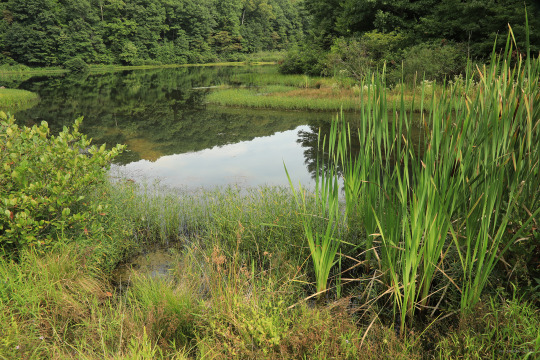
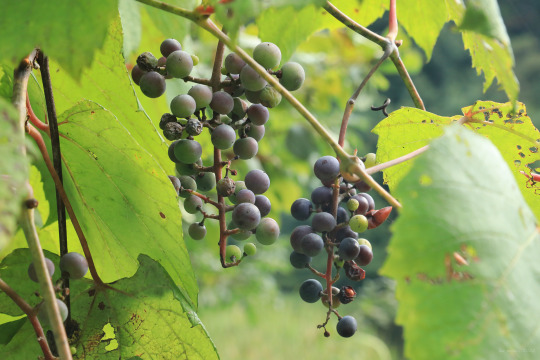
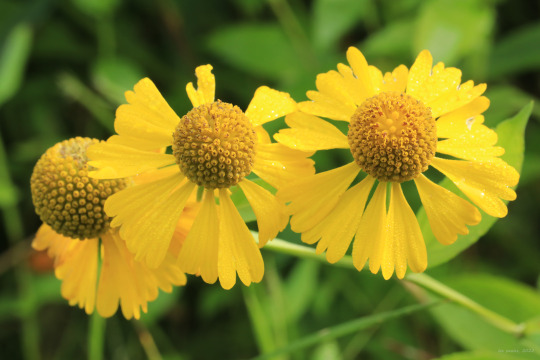

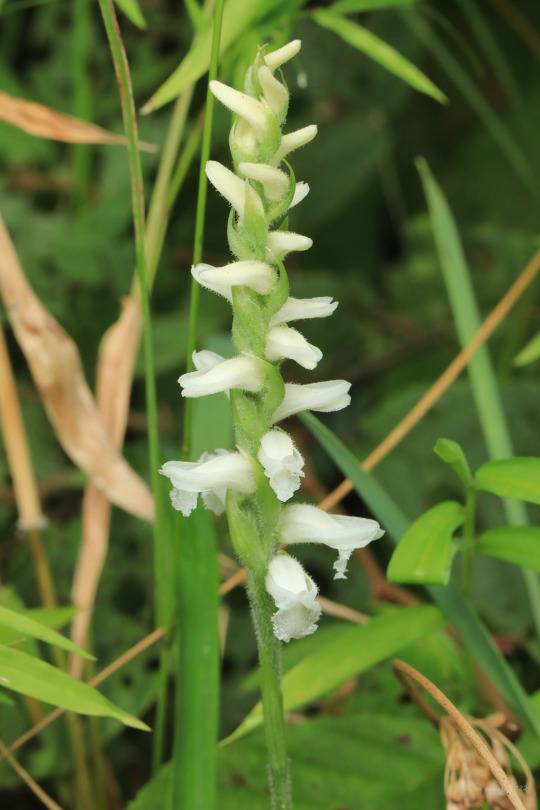

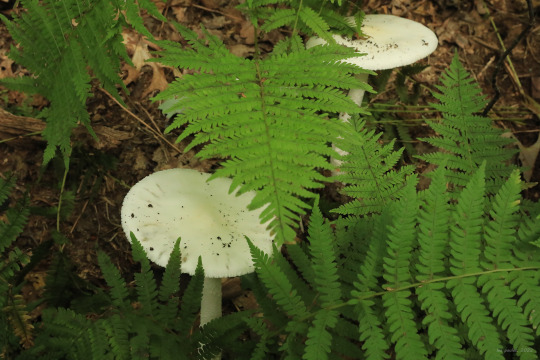
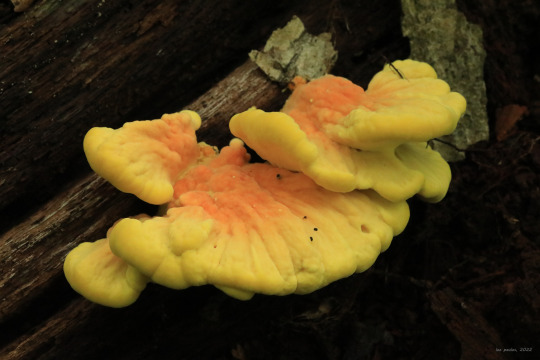
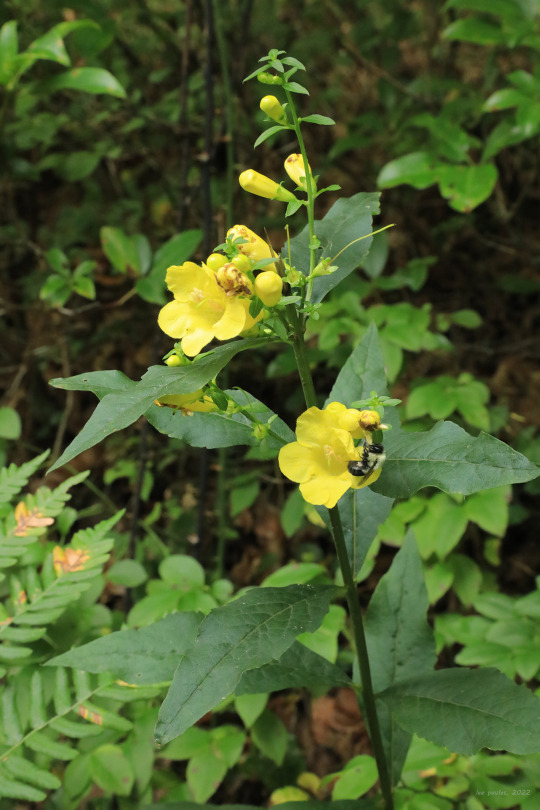
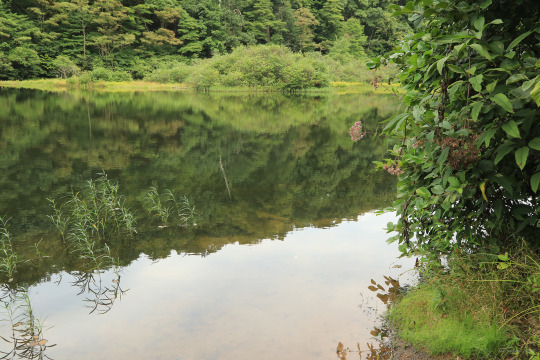
More late summer treasure from a short hike around Messinger Lake (a.k.a., trout pond) at Coopers Rock State Forest.
From top: the nearly ripe berries of frost grape (Vitis vulpina)*, whose fruit reaches full maturity just before the first frost of October; sneezeweed (Helenium autumnale), whose dried leaves were once used as an ingredient in snuff; Indian pipe (Monotropa uniflora), also known as ghost plant and corpse plant, a parasitic plant that derives nutrients from trees via a mycorrhizal relationship with fungi; Appalachian ladies’ tresses (Spiranthes arcisepala), a late summer orchid found growing at the moist edges of wetlands; white wood aster (Eurybia divaricata), a late-summer perennial of Appalachia’s rich woods and clearings; a pair of eastern destroying angels (Amanita bisporigera) hiding in the ferns, an idyllic spot for these deadly beauties; a young sulphur shelf fungus (Laetiporus sulphureus), also known as chicken-of-the-woods, at prime edibility; and Appalachian oak-leech (Aureolaria laevigata), also known as entireleaf yellow false foxglove and smooth false foxglove, a partially-parasitic plant that attaches to and derives nutrients from oak tree roots while also creating energy from photosynthesis.
* Corrected the scientific name from an earlier post.
#appalachia#vandalia#west virginia#late summer#flora#wildflowers#fungi#vitis vulpina#frost grape#helenium autumnale#sneezeweed#monotropa uniflora#indian pipe#ghost plant#corpse plant#spiranthes arcisepala#appalachian ladies' tresses#eurybia divaricata#white wood aster#amanita bisporigera#eastern destroying angel#destroying angel#laetiporus sulphureus#sulphur shelf#chicken-of-the-woods#aureolaria laevigata#appalachian oak-leech#entireleaf yellow false foxglove#smooth false foxglove#coopers rock state forest
72 notes
·
View notes
Text
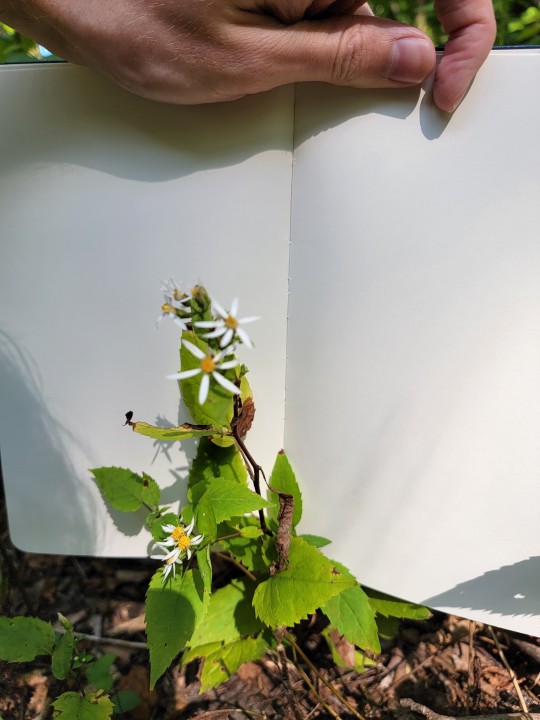

White Wood Aster - Eurybia divaricata
Today's Native plant is one of my favorites, this aster can be found all over eastern woodlands in fall, favoring dry partially shaded forest floor habitat. White wood aster is a perennial herb with strap-like appendages that lead to a central yellow floret (ray floret to disk floret) that changes to deep red with age. This is one of the final flowering plants of the season and the larval food source of the Pearl Cresent butterfly.
#I'm also fairly certain the turn purple with age but maybe i am thinking of the blue wood aster#northeastern american native plants#nature#Eurybia divaricata#white wood aster#fall flowers
3 notes
·
View notes
Text

Eurybia divaricata / White Wood Aster at the Sarah P. Duke Gardens at Duke University in Durham, NC
#Eurybia divaricata#Eurybia#white wood aster#Aster#Asteraceae#Native plants#Native flowers#Flowers#Nature photography#photographers on tumblr#Sarah P. Duke Gardens#Duke Gardens#Duke University#Durham#Durham NC#North Carolina
0 notes
Text

White Wood Aster, Eurybia divaricata.
#photography#canada#canon#nature#flower#aster#white wood aster#wood aster#nature photography#nature lover#green witch
4 notes
·
View notes
Text

White wood aster (Eurybia divaricata)
2 notes
·
View notes
Text

This is some kind of aster but I'm not sure which one in particular. Possibly Eurybia divaricata (formerly Aster divaricatus).
#Bruce Trail#Penninsula Section#Niagara Escarpment#Bruce Penninsula#Bruce Penninsula National Park#National Park#Bruce County#Ontario#Canada#Great Lakes#Georgian Bay#Lake Huron#hiking#hiking trail#High Dump to Crane Lake#photography#forest#outdoors#landscape#flower#blossom#bloom#flora#vegetation#Eurybia divaricata#maybe?#some kind of aster anyway
2 notes
·
View notes
Text
Wood Asters
Eurybia divaricata
In Zone 6B this is the time of wood asters, late summer to fall-flowering herbaceous perennials that many mistake for weeds. They thrive in dry shade and are more widespread than usual this year due to frequent and much appreciated rainfall, which has been beneficial for a variety of insects and wildlife.
The pollinator friendly flowers support bees and butterflies, the seeds…

View On WordPress
0 notes
Photo
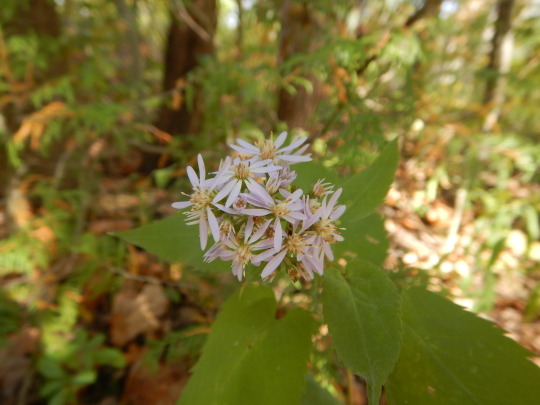


Eurybia divaricata
White Heart-leaved False Wood Aster
Growing in open white cedar( Thuja occidentalis) regrowth on shallow rich glacial and D.O.M( decayed organic material) mixed mineral soil in dappled sun at the top of Clifton Gorge, SNP, Greene co. Ohio.
Teeth are distinguishable and this species lacks a winged petiole which allows comparisons to the other wood aster found in similar habitat to be easier to juxtapose and then delineate. Though without blooms or buds it is somewhat of an issue when zig zag goldenrod( Solidago flexicaulis) is around. While both stems occur with a zig zag (aka. serpentinoid alternation or flexicaulis(zig zaging flexible stem)), zig zag goldenrod’s leaves are the best way to rule this issue. S. flexicaulis leaves are truly obovate with leaves not truly forming cordate(heart shaped) termination before the petiole(Where the leaf blade attaches to the stem at a node); instead, zig zag only appears this way since there is an abrupt reflex( base of leaf somewhat reflexed just prior to the petiole).
#eurybia divaricata#eurybia#wildflowers#ohio#botany#plantblr#asters#asteraceae#forrestcore#solidago#solidago flexicaulis
21 notes
·
View notes
Photo


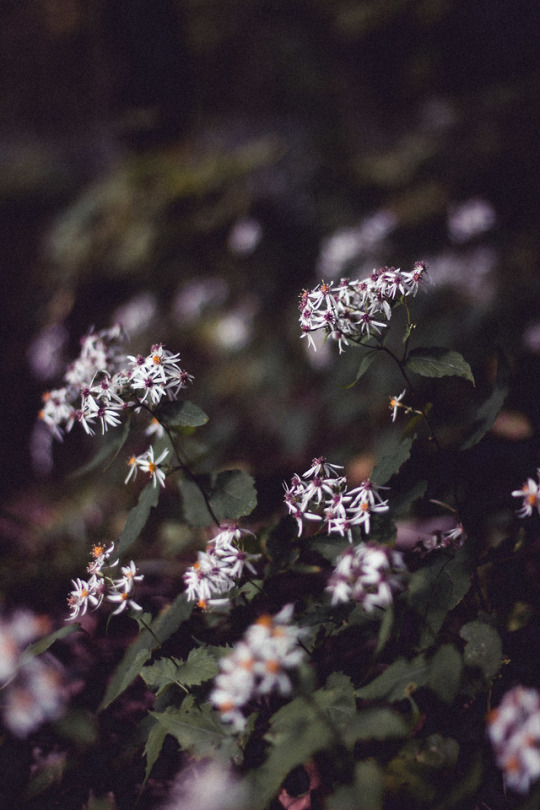
And here’s to all the sweeter days that I have known before // Part 18
166 notes
·
View notes
Photo


White wood-aster (Eurybia divaricata)
88 notes
·
View notes
Text


8/19/21
0 notes
Text

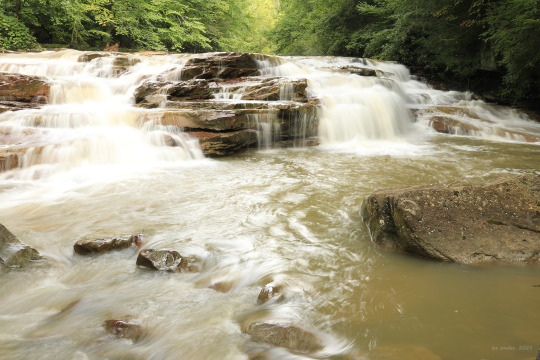


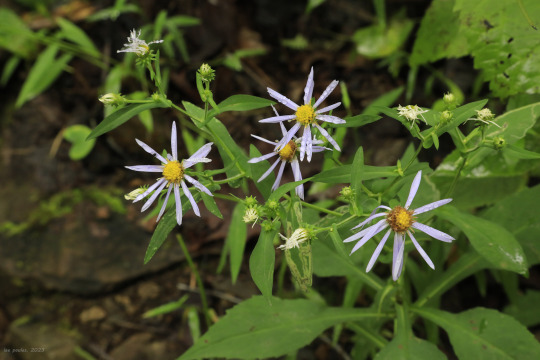
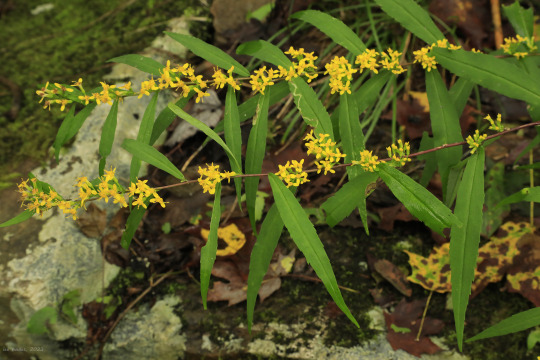
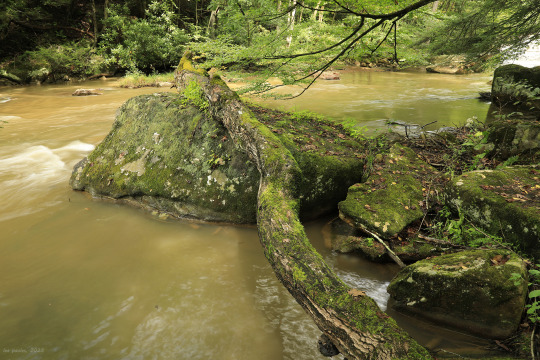
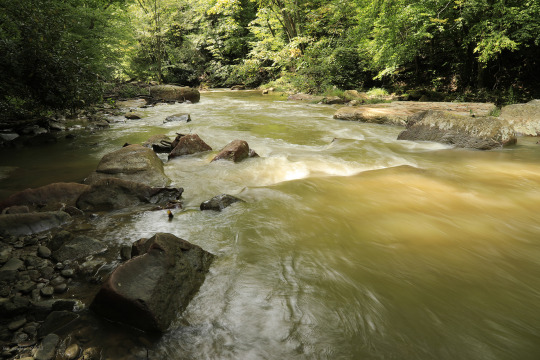
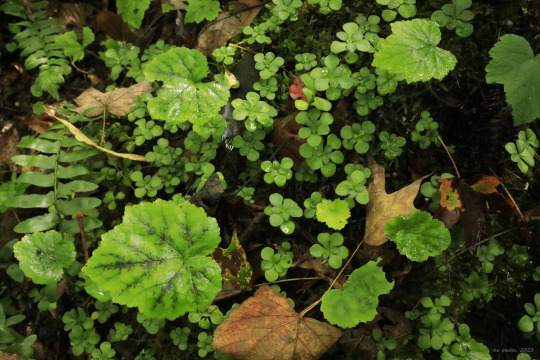

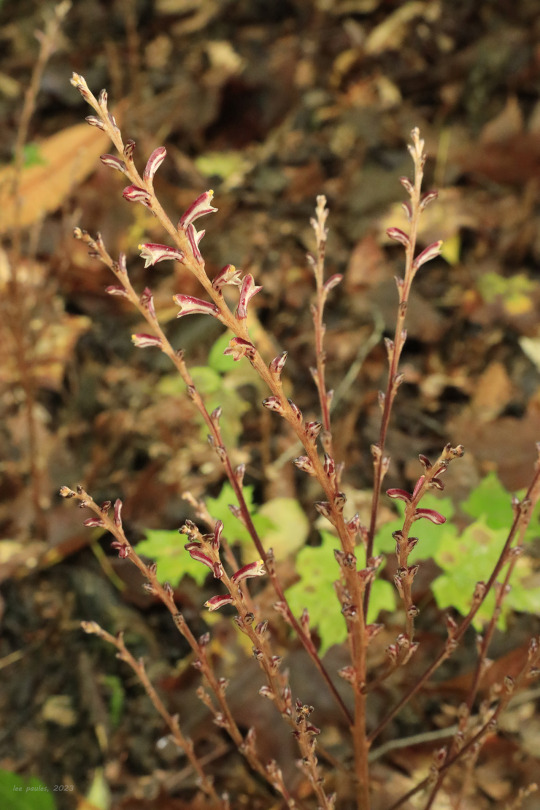
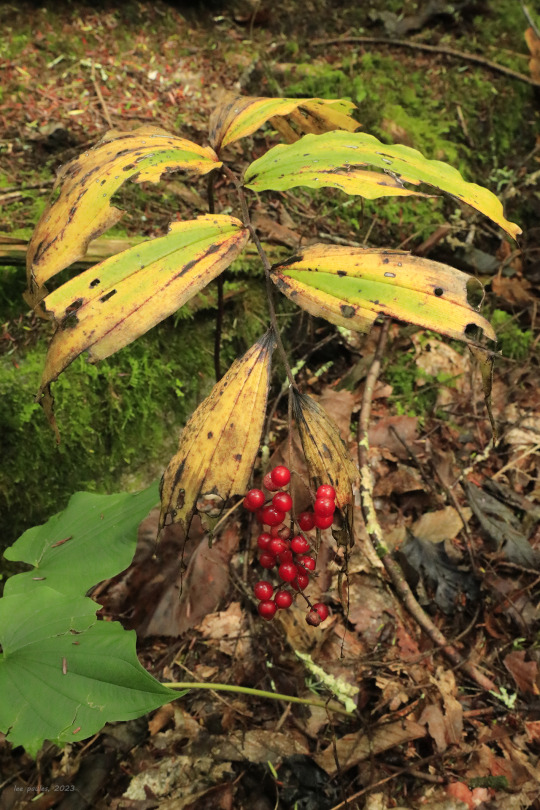
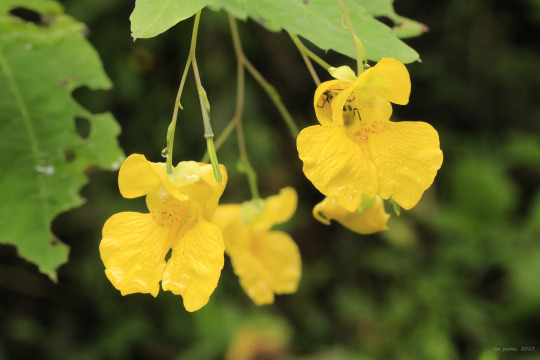
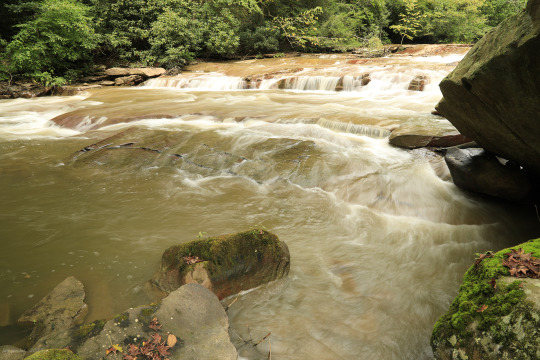

Despite its undignified name, Muddy Creek is a lovely mountain stream that normally runs fast and clear on its steep descent to Cheat River. But after a week of heavy rain in NC-WV, the stream looked a bit murky yesterday. Not even the sediment washing away from the mountains dims its beauty in my eyes. And the enchanting, moss-encrusted forest along its bank holds its own late summer treasures.
From top: great blue lobelia (Lobelia siphilitica), which pairs beautifully with cardinal flower to provide late summer color in a native wildflower garden; white wood aster (Eurybia divaricata), which is the most common of the shade-loving white asters in this area; crooked-stemmed aster (Symphyotrichum prenanthoides), also known as zigzag aster, whose clasping, spatula-shaped leaves distinguish it from big-leaf aster, another woods-loving aster with lavender flowers; blue-stemmed goldenrod (Solidago caesia), whose spreading, yellow-flowered stems provide stunning late-season color in a native wildflower garden; an intensely-green collage of moss, woodland stonecrop (Sedum ternatum), Christmas fern (Polystichum acrostichoides) and heartleaf foamflower (Tiarella cordifolia), which I am trying hard to reproduce in my own native wildflower shade garden; the shaggy-maned stem of Coker's Amanita (Amanita cokeri), one of the most impressive mushrooms of Appalachia's summer forests; beech-drops (Epifagus virginiana), a parasitic plant that grows and subsists on beach tree roots; the bright red berries of false Solomon's seal (Maianthemum racemosum); yellow jewelweed (Impatiens pallida), whose explosive seed pods give the plant its other common name, pale touch-me-not; and narrow-leaved tick-trefoil (Desmodium paniculatum), also known as panicled tick-trefoil, a late summer pea whose sticky seed pods commonly hitch rides on shoes and boots.
#appalachia#vandalia#west virginia#wildflowers#flora#summer#muddy creek#cheat river#preston county#fungi#coker's amanita#great blue lobelia#white wood aster#crooked-stemmed aster#zigzag aster#blue stemmed goldenrod#woodland stonecrop#christmas fern#heartleaf foamflower#beech-drops#beech drops#false solomon's seal#solomon's plume#yellow jewelweed#pale touch-me-not#narrow-leaved tick-trefoil#panicled tick-trefoil#falls#rapids#mountain stream
103 notes
·
View notes
Photo






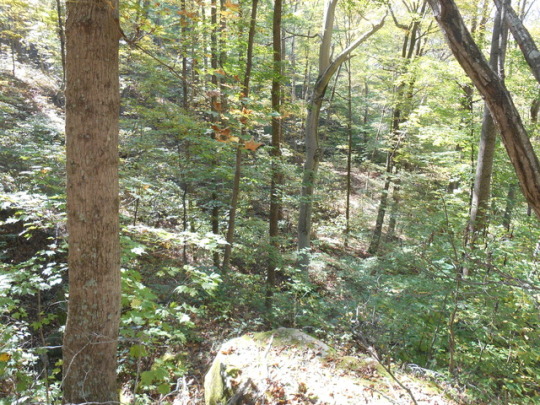


Population and Community Ecology field trip: a big tip-up mound, white wood aster, single-sided trees showing an old forest edge, coarse woody debris, Christmas fern, post-agricultural dry oak forest on top of a narrow ridge, long-established mesic forest in a rocky stream valley, moss, bracket fungi
197 notes
·
View notes
Text
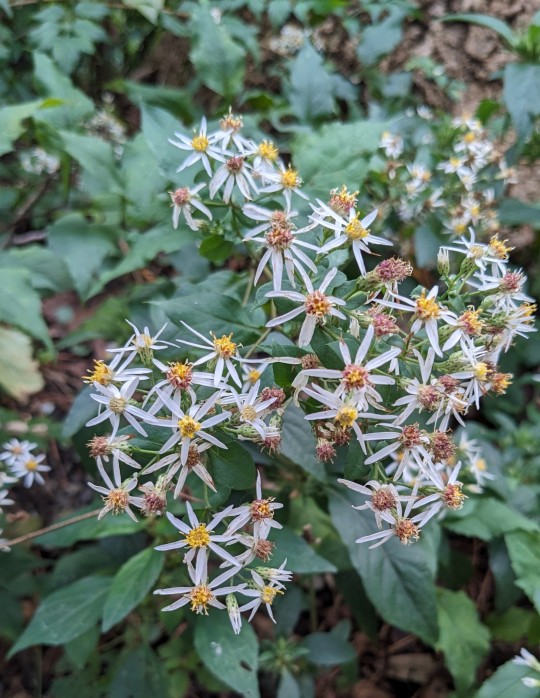
Eurybia divaricata / White Wood Aster at the Sarah P. Duke Gardens at Duke University in Durham, NC
#Eurybia divaricata#Aster divaricata#Eurybia#Aster#White Wood Aster#Native plants#Native flowers#Nature photography#photographers on tumblr#Sarah P. Duke Gardens#Duke Gardens#Duke University#Durham#Durham NC#North Carolina
1 note
·
View note
Photo
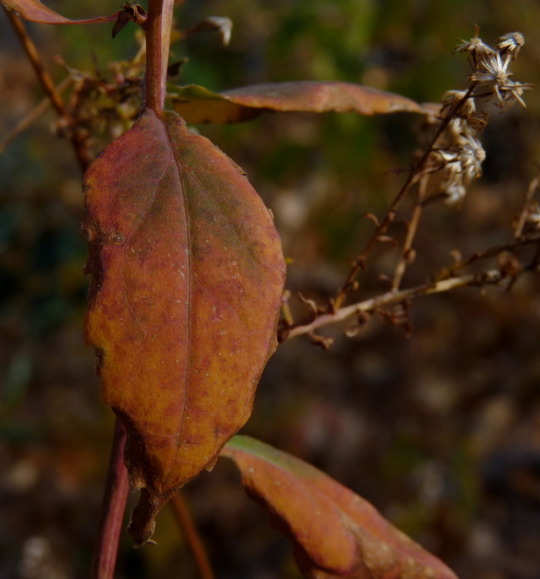
White Wood Aster, Eurybia divaricata (by me)
#White Wood Aster#Eurybia divaricata#Eurybia#Asteraceae#Asterales#flowers#plants#leaves#foliage#autumn#Highland Park#Middlesex County#New Jersey#mine
6 notes
·
View notes
Text

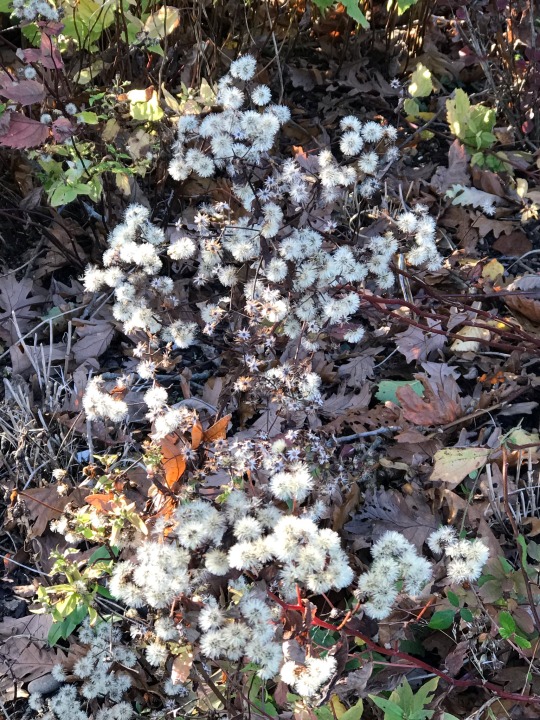
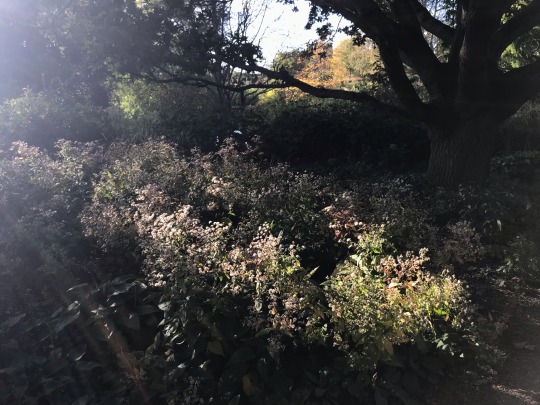
Plant of the Day
Friday 22 October 2021
After the spays of small, starry, white flowers on tumbling black stems of Eurybia divaricata (white wood aster) there are fluffy seed-heads that catch the low autumn sunshine. This herbaceous plant is native to eastern North America and is perfect for a shady spot providing the soil does not dry out.
Jill Raggett
#eurybia#aster#whitewoodaster#seedheads#plants#herbaceous#herbaceousperennial#woodlandgarden#shadegarden#shade#whiteflowers#writtledesign#gardens#horticulture#garden#essex#hydehall#rhshydehall
95 notes
·
View notes